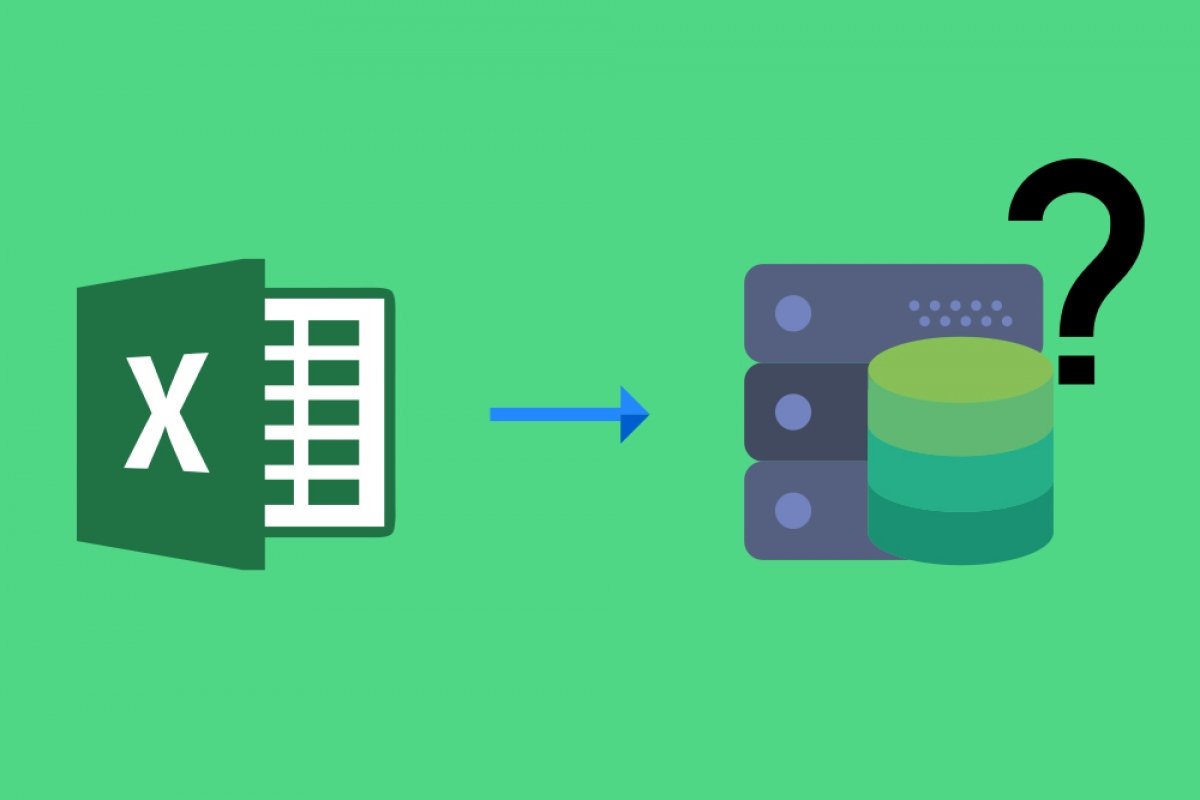Excel is not exactly a database Its main use is to work with spreadsheets, although it is true that these spreadsheets can be used to create databases that can be exported to programs specifically designed to deal with them. It can be another program of the Office suite such as Access, or even the equivalents of the LibreOffice and OpenOffice suites.
And what is the basis for this assertion? Let's think for a moment about the definition of what a database is: a place where, in a single reference, different information is stored and organized by different types of data. Each of these data is grouped with the data of the same type in a table. An Excel sheet is nothing more than a graphical representation of a table. This leads us to an important conclusion: a set of Excel sheets can serve as a database.
It is usual in a spreadsheet, however, to have entered several columns that indicate a characteristic about the data to be stored. Data that, in turn, should be distributed in rows if we have organized it correctly. With all this information, a relational database can be built and consulted every time we need information about a record.
We insist, however, that there are already other programs for working with databases and that this is not the ultimate purpose of Excel. In fact, the features of this software are as follows:
- Group a large volume of data to be easily navigated.
- Enter and edit data manually.
- Sharing copies of files.
- View visual representations of information.
- Integrate work with other types of office software.
- Take advantage of the feature of the use of formulas.
Likewise, as a software to create Excel databases, it does not meet expectations because it does not maintain data consistency, in other words, it is not functional to perform cross queries and it has a lot of performance problems when working with large documents.



